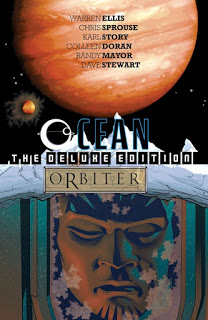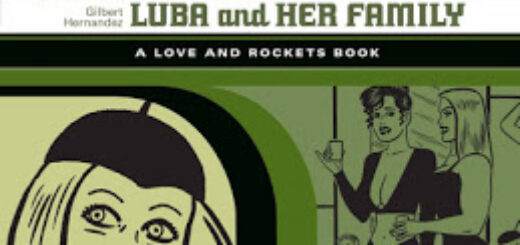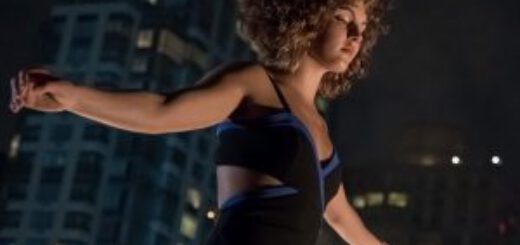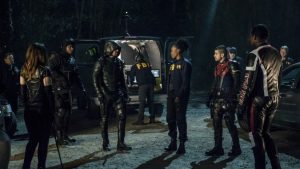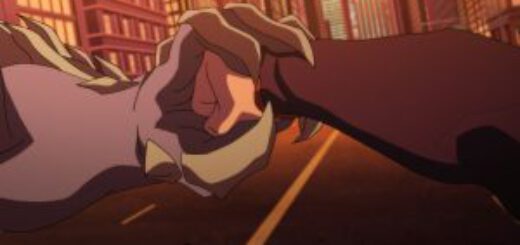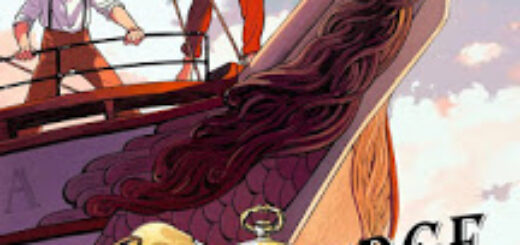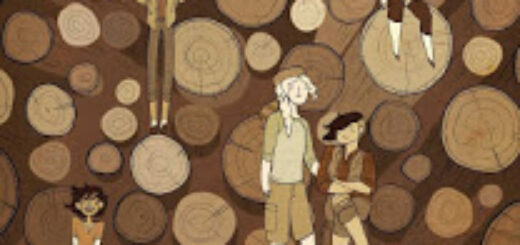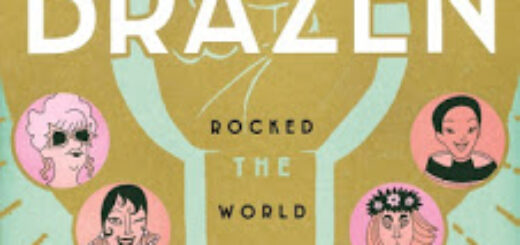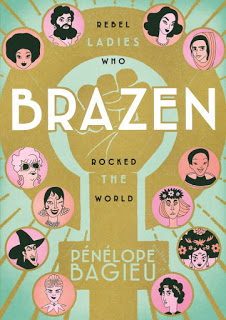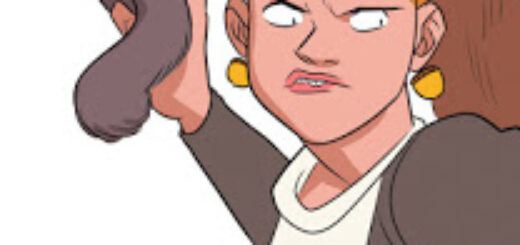Book-A-Day 2018 #234: Ocean/Orbiter by Warren Ellis and various artists
The romance of monkeys in tin cans continues to elude me. It was one of my pet peeves back when I was working at the SFBC — an endless stream of stories, all by men (it was always men) who imprinted on an Apollo launch early, with another piece of special pleading about how Man was Destined to Go To The Stars because it was His Destiny Goshdarnit and We Can’t Put All Our Eggs In One Basket and The Frontier Breeds Real Men and Man Must Go Ever Onward and similar piffle.
I thought I’d left that all behind a decade ago when I was cast out of paradise lost my SF job, and that was one of the few bright spots of the transition. [1]
But I still read SF, some of the time. And those same guys — mostly my generation, more’s the pity, so I can’t gratuitously insult their entire cohort — keep writing stories about how, this time, sending warm bodies into space is both really, really important and justified by some new piece of handwaving they’ve just discovered or invented.
It’s almost enough to make a man swear off near-future SF, I tell you.
And it somewhat infects the book I have to tell you about today. Ocean/Orbiter: The Deluxe Edition collects two entirely separate SFnal graphic novels from the mid-aughts. Both are written by Warren Ellis; Ocean is drawn by Chris Sprouse and inked by Karl Story while Orbiter has art by Colleen Doran. There is also an afterword by Ellis, specifically about Orbiter, which is the full monkeys-in-cans hoo-hah with a side order of Columbia sadness. [2]
(I have another rah-rah monkeys-in-space book that I’m still reading; it will come up here eventually. Do not expect me to have my mind changed.)
Anyway, the two stories are completely separate: both near-future SF, yes, but one about a hundred years on and one a now-alternate day-before-yesterday. Not set at all in the same SFnal universe, and with entirely different artists. The one that’s not about the importance of monkeys in tin cans, unsurprisingly, is more successful.
Ocean originally appeared as a six-issue miniseries in 2004-2005. It’s the one a hundred years on, and is set mostly around Europa, where a UN research station has just discovered the usual impossible, dangerous alien artifact.
In this case, it’s a huge array of what seem to be cryopods, with billion-year-old humanoid sentients (99% human, of course) in them, floating deep in Europa’s ice-covered ocean. Sent to investigate is Nathan Kane, a special weapons inspector for the UN, since the alien humanoids have quite impressive and very deadly technology.
Also close by is a “Doors Corporation” (wink wink nudge nudge) station, because of course a computer company has a lot of research that can only be done in Jovian orbit. (I would have preferred a slightly more plausible evil corporation.) And they, being computer whizzes with better, newer tech than the government folks, have tapped into the official telemetry, figured out what’s going on, and (accidentally?) started the wake-up sequence for this billion-year-old alien army.
This is a mildly cyberpunky future, so Doors replaces the free will of its employees with its own software for the duration of their contracts, which makes their local manager (far from home and far overdue on his required software updates) less amenable or available for negotiation than he might be.
So it does not come down to negotation, as one would expect in a near-future SFnal comic about a weapons inspector. One must have weapons to inspect, right?
Sprouse and Story make this a crisp-looking tale, in a solid Big Two look. Ellis hits the expected story beats, but does it well, and doesn’t throw in the titillation that you might expect. I didn’t find Ocean particularly surprising, but it’s a solid, and mostly “hard,” SFnal story in comics form, and there are damn few of those.
Orbiter, on the other hand, has a softer, more people-centric visual look, driven by artist Colleen Doran. And it is very much the story of how we are Destined to go into space, and how an enigmatic event — yes, another one of those — pushes that to happen.
Ten years before the book begins, and a few years in the future from 2001 when it was written, the space shuttle Venture disappeared just after achieving orbit. Now, suddenly, it returns to land at a Kennedy Space Center overrun by what seem to be shanty-town refugees for no reason the story deigns to give us. (Well, obviously, everything in a society goes to shit when they turn their backs on manned spaceflight! Everyone knows that!)
A colorful group of ex-astronauts and other science-y types is quickly assembled to investigate, and they act colorful and throw out crazy theories for fifty pages or so. And then they all realize they they really really want to go to space, because that’s where monkeys belong, and the nice aliens have set everything up so they can.
(I may be exaggerating, but I’m not really joking.)
Of all the kinds of special pleading for monkeys in cans, the “super-powerful benevolent aliens will totally do all of the hard stuff for us!” is by far the most special.
I have a hard time taking anything in Orbiter seriously, though I have liked Doran’s work in the past. The story is too fond of itself, and too sure of its own righteousness, to need me or anyone to take it seriously, though. So I’ll just let it sit over there, in its smug self-satisfaction, dreaming of kids watching Apollo moonshots and growing up to have jobs in space themselves.
[1] Well, that and money. There’s hardly any jobs adjacent to print book editorial that don’t pay substantially better than it does.
[2] Yes, the Space Shuttle was a horrible design, as seen by the fact that two of them blew up in barely over a hundred missions. One of the main reasons it was horrible was because it had to take monkeys into space.
![]()
![]()
Reposted from The Antick Musings of G.B.H. Hornswoggler, Gent.

